Jessica Hische is a lettering artist who has created several picture books, including Tomorrow I’ll Be Brave, Tomorrow I’ll Be Kind and Who Will U Be? Her latest book, My First Book of Fancy Letters, is out in October. An alphabet book with a twist, it aims to get kids excited about drawing letters.
I met Jessica recently at OFFF Barcelona, where we talked about whether creatives should work for free and how she crafted the film titles for Are you there God, it’s me Margaret. Here, we chat about her work creating picture books, as well as the biggest challenge she faces today and how she juggles her career with being a mother of three.
Tell me about your new book
My most recent book that came out is called ‘Who Will U Be?’ And that was really fun because I love telling kids about type and making them look at letters of the world. The newest book is called ‘My First Book of Fancy Letters’. And it’s basically like if I took the Daily Drop Cap project and turned into a children’s book.
Kids learn to write their letters and that can be very exciting, but they don’t think about letters as being a thing you can illustrate. As a kid I was totally doodling in the margins with letters and drawing graffiti. And so this book is telling kids that letters can look like anything as long as they still look like a letter. And also that letters don’t just say a thing that can mean a thing, you could use them to show concepts, you can use them to communicate something. And so when I wrote the book, I tried to pick words that were very accessible to kids but also words that were like very visual, things that you could translate into a like easy, accessible visual. They’re not like abstract thoughts like ‘love’. It’s more like ‘l’ is for ‘lacy’, it’s these really physical words.
It was really fun to come up with the list… it’s nice because it’s not like an alphabet book, so it’s not like for babies, but it’s so bright and fun. My four year old is obsessed with it and he’s constantly like commissioning me to draw different versions of the letters. So if in the book ‘w’ is ‘wiggly’, he keeps telling me like we need to make a water ‘w’.
I think it’s going to get kids really excited to draw letters doing different things
I think it’s going to get kids really excited to draw letters doing different things because I think a lot of kids that are meant to be artists may hold themselves to too high of a standard and they are thinking about drawing in a way that is like extremely hyper realistic. So if they don’t draw an apple accurately, they’ll get mad at themselves. Whereas letters are abstract. And if you tell them as long as it kind of looks like that letter, it’s great. It gives them a looser playground… So I feel like it’s actually this really fun, creative unlock for kids that takes some of the pressure away from doing more realistic work before their skillset is there. It’s coming out in October.
With your picture books, did you ever think about just illustrating or just writing them instead of doing both?
I am so open to just illustrating other people’s books and also I get ideas for books I want to write but not necessarily illustrate, because I don’t think that my illustration would serve the idea best… Surprisingly, I’ve made myself very available to be open to illustrating other people’s books, but I feel like because the world of children’s book illustration is so different to the world of commercial illustration, I just feel like it doesn’t come to me. The names within children’s books are very different from the names within commercial editorial. It’s a very different kind of work, a lot of times it’s a different style of work. I feel like there still is a little bit of a bias against digital work in the children’s book world in terms of illustration, not in terms of what consumers want to buy, but just in terms of what publishers will hire for.
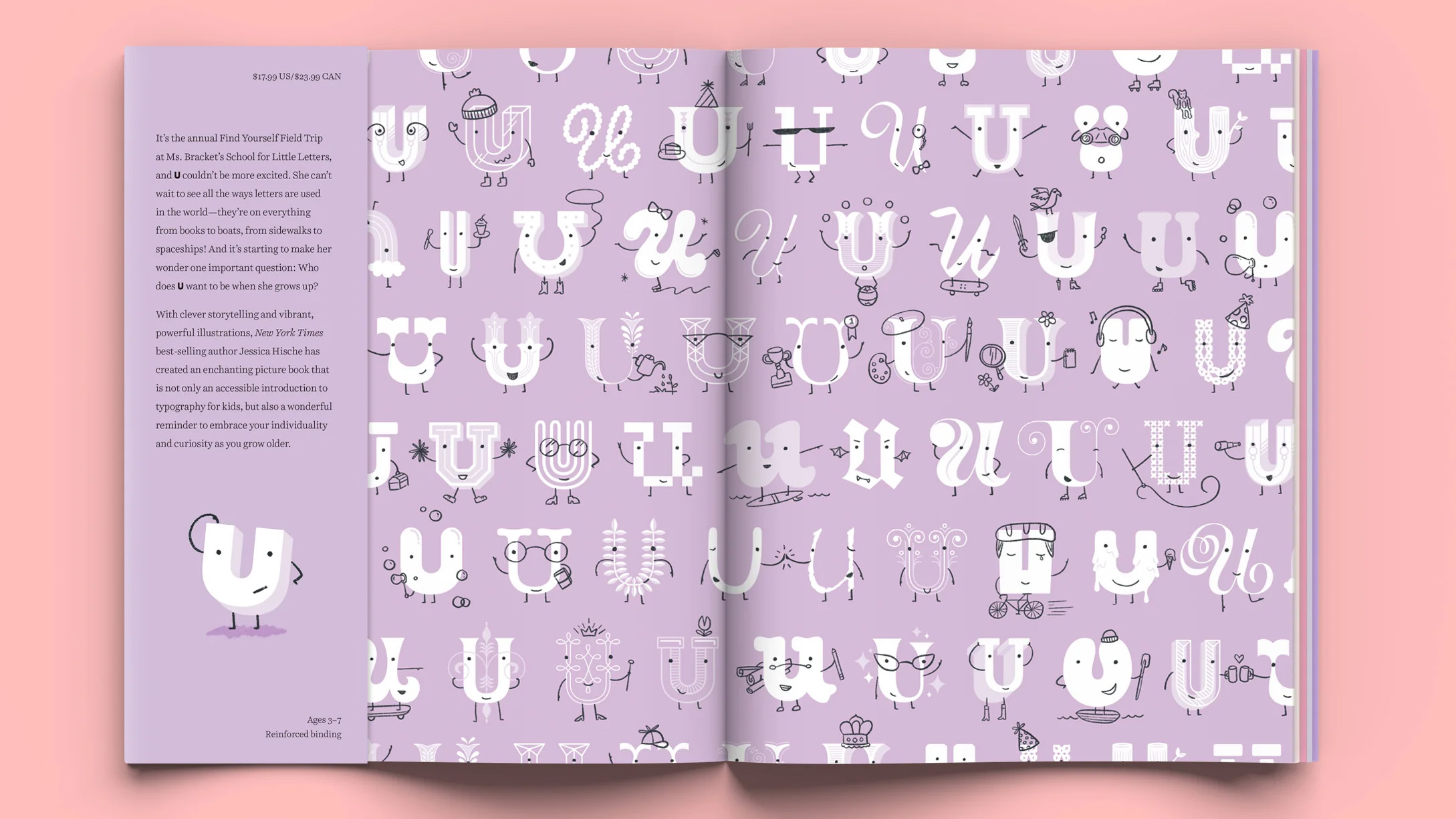
Do you write the words or create the images first?
I’ll sometimes have an idea of an aesthetic that I want the book to have or a couple of flashes of important spreads of the book, but the words start first. I think that comes from my process of working with clients in general, where I’m always responding to a brief. As a lettering artist, I can’t start a project without getting the copy that I’m going to draw. And so it makes the process more straightforward to me if I just treat those two things very differently.
It’s like I’m two people doing two jobs. First I’m the author, and I’m writing the book for my illustrator self to respond to. Sometimes I’ll take notes as I’m writing or I’ll be adjusting the writing based on what I think the pacing of the illustrations will be – so I don’t want a bunch of zoomed in illustrations back to back or a bunch of zoomed out illustrations back to back and I know that the words kind of communicate that. And so sometimes, the visualisation of what it might look like does influence the writing, but the writing is really first and foremost.
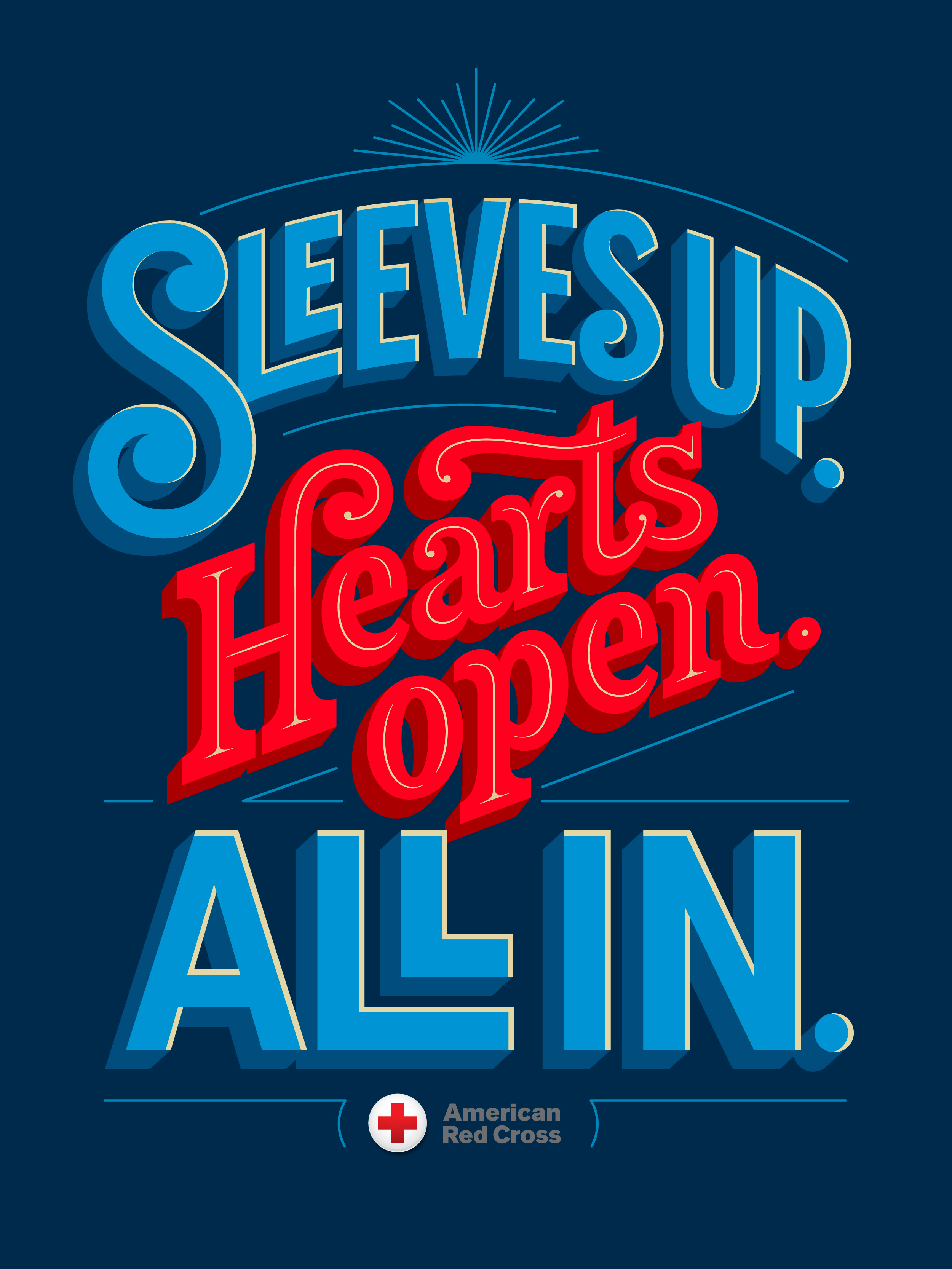
What’s the biggest challenge that you’re facing at the moment?
Well, right now I’m in a really good spot, because last year was very stressful. I opened up two brick and mortar stores. I basically spent my whole bank account to do it. And then the year prior, my husband and I renovated our home and spent all our money to do it and so both of us are sort of in this reset mode, where we’re like, ‘okay, we did these really big things. Now it’s about building back’. And so I don’t have a bunch of big crazy financial challenges coming up in the next year or two, all my kids are almost in elementary school, we’re finally levelling out.
My biggest challenge is making sure that people know I’m still doing my thing
The two of us are sort of looking at it as like, ‘okay, it’s not chaos. Now we can actually just chug away and build on it’. The biggest challenge is for me, my biggest challenge always is controlling the narrative about what I do. I think because I do so much, there’s people that are like, ‘Oh, she’s doing children’s books now’. ‘Oh, she’s doing teaching now.’ Like, you know, and I don’t want people to think that because I’ve opened the stores that I’m not taking on commissions or because I’m doing children’s books that I’m not taking on commissions. So the biggest challenge always for me is just making people know that I am still an active lettering artist available for commercial work, because that’s really the majority of my work. And so even though I do all these things, and wear these other hats like, it’s difficult to share about those things without them affecting my client work. And so that’s always my biggest challenge – making sure that people know that I’m still doing my thing.
With the stores I made their own Instagram accounts. I’m being very careful about the things that I post about on my main account, because I never know what the algorithm is going to pick up as the popular posts. And what will happen is, I’ll post about an online class that I do and then it’s the only thing people see for like a year and a half and then I get people being like, ‘oh you’re mostly doing online classes now’ and I’m like, ‘no, that was a year and a half ago’.
And so it’s about like sharing enough about the stuff that I want people to perceive as the main narrative and making sure that if I do have to talk about the other stuff, it has its own channel or I share it in a way that disappears, I use Stories a lot for that. I have a newsletter and the newsletter is good for giving more context to things. But that’s definitely the biggest challenge, just like controlling it because I do wear a lot of hats and I understand that it confuses people.
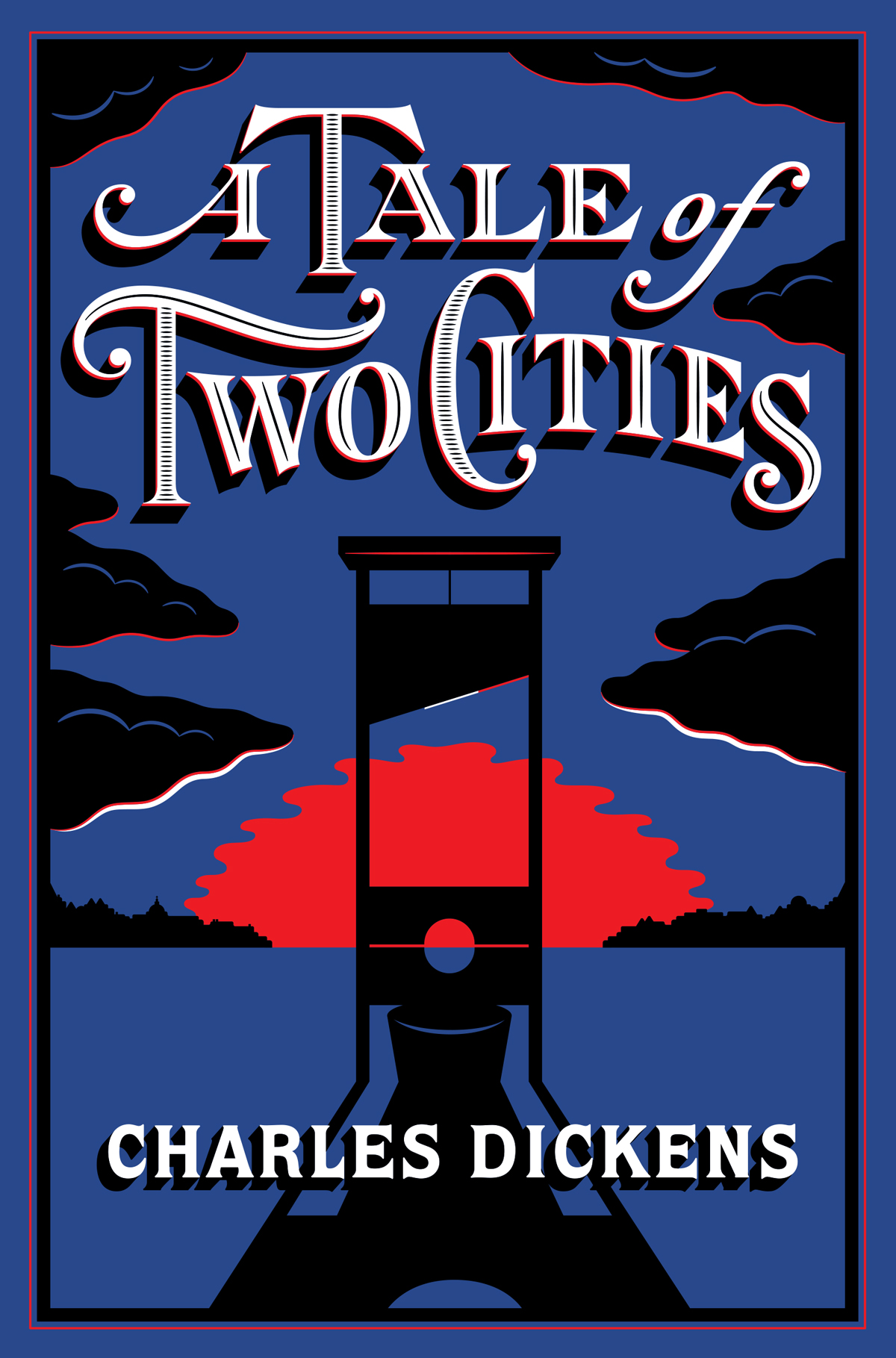
Do you enjoy wearing lots of hats?
I do. I love the work but I’ve been doing it for almost 20 years now so it doesn’t have the same sheen on it as it did when I was 24. So I’m not just like, super-excited to only do this forever, I need different kinds of challenges. And I also feel like something that I’ve benefited from in my career is that even though I have a specialty, I’m not so specific that if something changes about that specialty, I suddenly have no work. I always feel like I need to have enough diversity with the kind of projects that I take on and the things that I do that if one thing is having a slow season, I can pick up another thing. And that’s just been really important for just keeping the business alive and longevity.
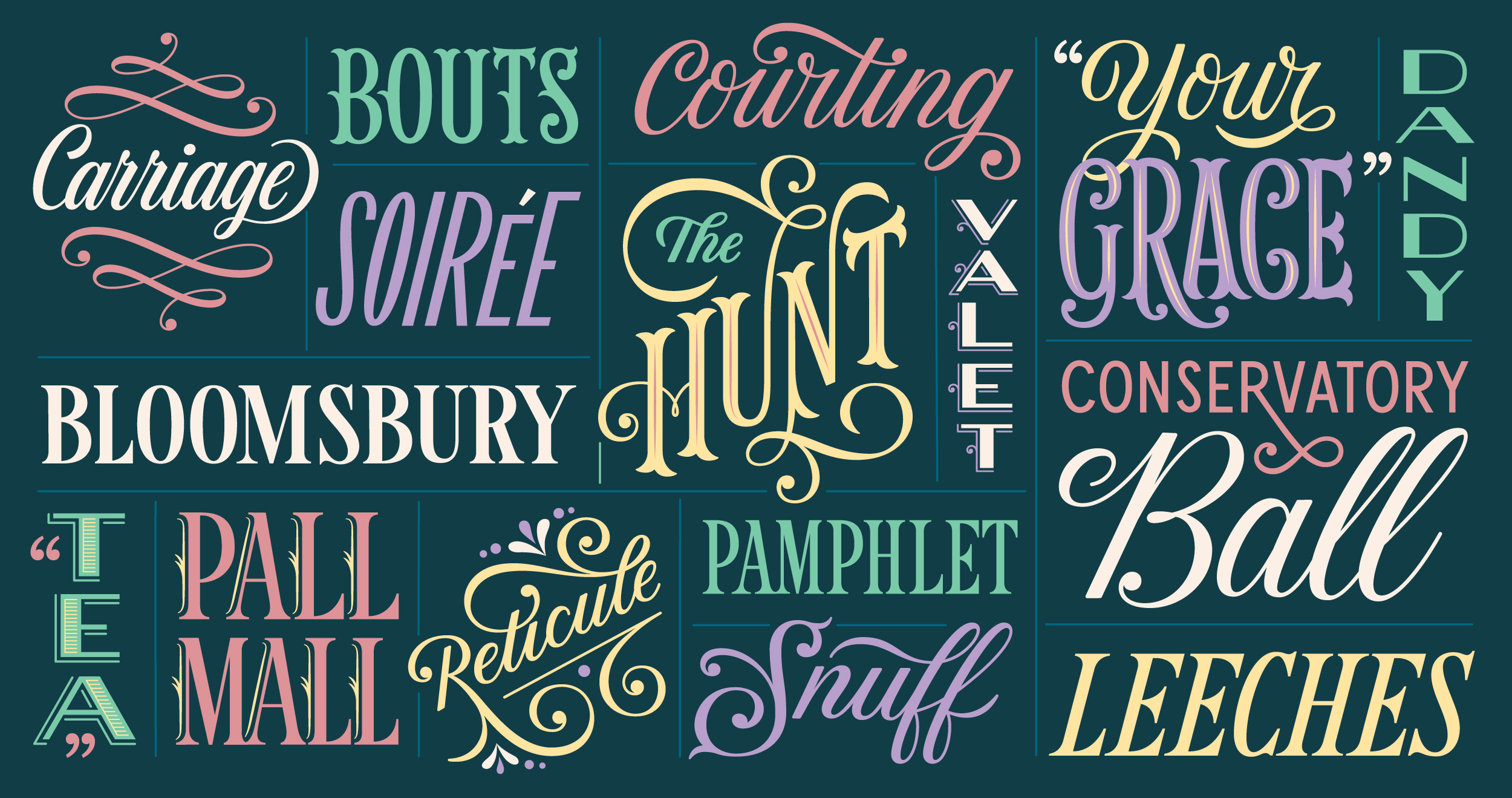
Is there anything you wish people would ask you about in interviews but they don’t?
I don’t actually get asked about the kids very much. And I think it’s mostly because people want to be respectful and to not make it about like ‘you’re a mom’. As such I don’t often get to talk about the fact that I have three kids and manage their lives and a career at the same time. And I think it’s mostly interviewers get worried that they’re not asking those questions to men or whatever whereas I feel like, of course, ask the men the question.
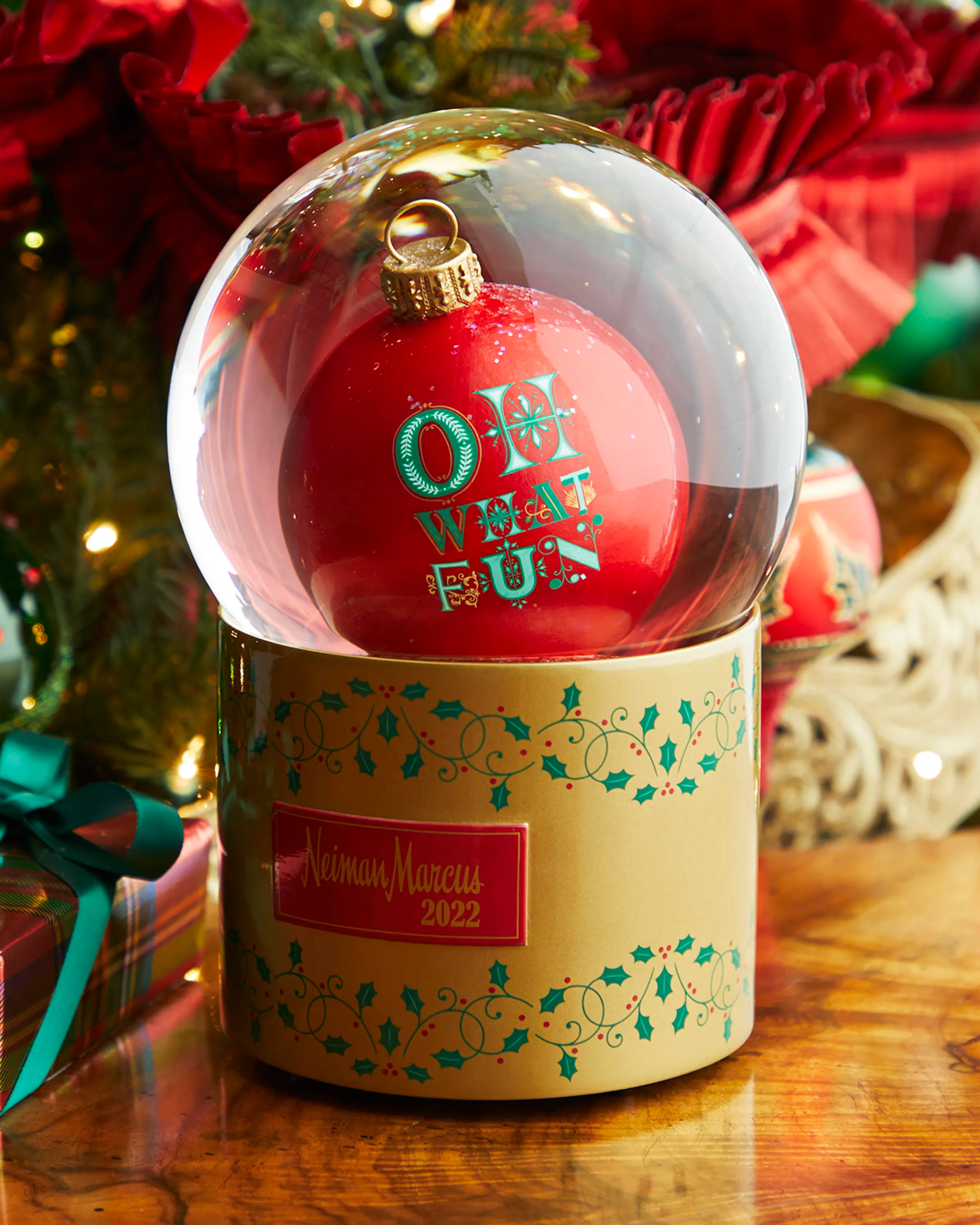
So how do you juggle your career with parenting?
People have very different approaches to how they manage their family and their career. I’ve met really successful women, that the way that they do it is that their partner is a stay at home partner. We don’t have that we have two really high achieving parents. And that’s been very challenging, because the two of us have to balance our careers against the kids instead of it just being one of us.
I also know how brief their childhoods are and so I’m just trying to be as present as possible. So I honestly I turn down a lot of travel related opportunities and things like that because I just don’t want to be gone all the time. And some other parents either can’t do that because their work just requires travel or they’re seeing it as, this is the time in my career where I have to do all these things. And so it’s all just a balance of what’s important to you.
For me, even the kind of work that I take on, I feel like it helps me spend more time with my kids. So one of the reasons why I’ve gotten so much into the brand refresh work is because the schedules are very understandable and knowable. Sometimes when you’re working on other projects, like things expand and grow and move around. But it’s very straightforward. I know exactly what I meant to do. Every stage has its clearly defined part and that just really helps me with scheduling. So then I can be like, ‘oh, you know, Charlie has a musical recital at 6pm on this day. I gotta make sure that I don’t schedule a meeting at 4pm or whatever.’ It’s all a balance.
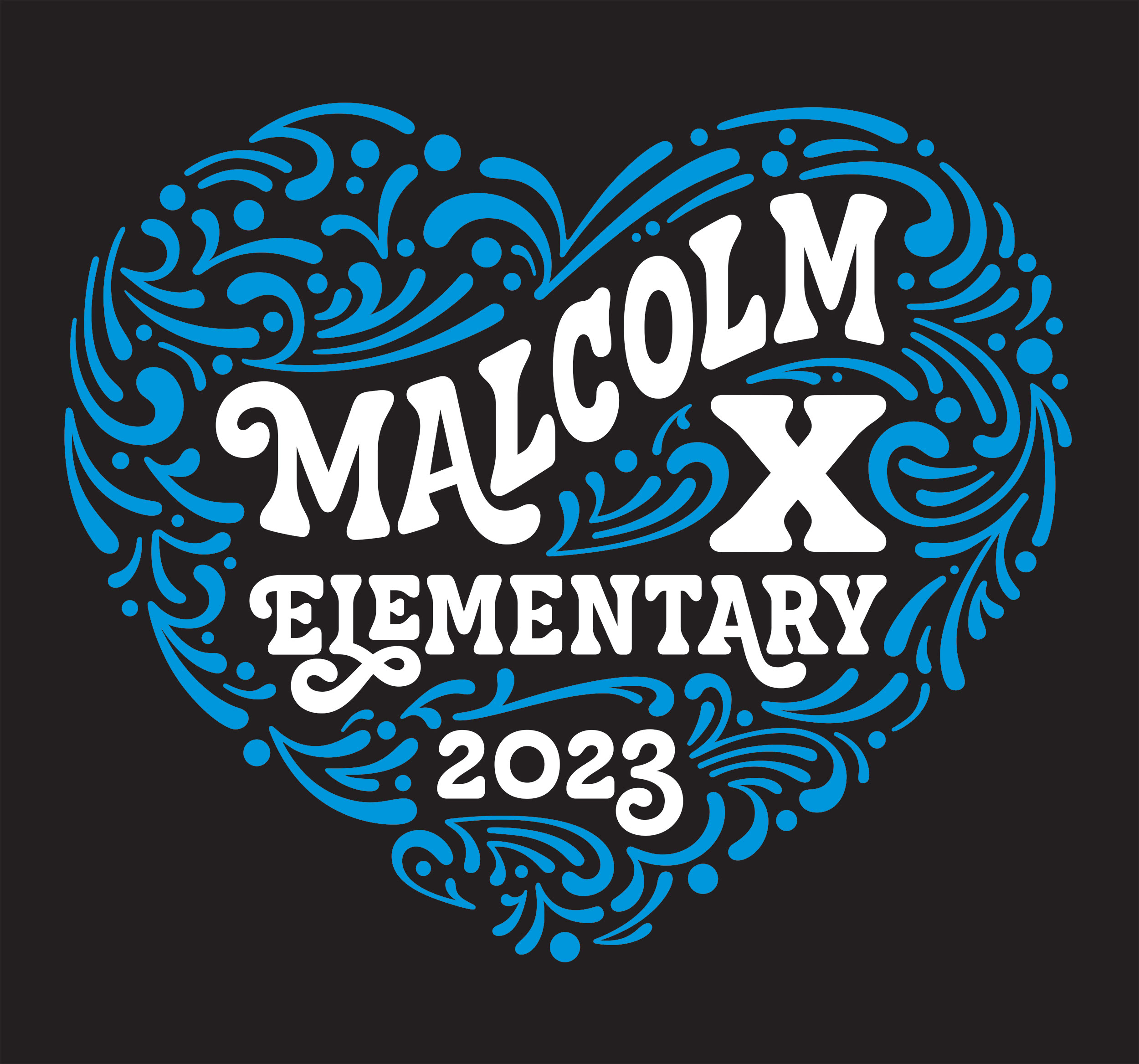
What made it worth travelling to OFFF Barcelona?
My husband was trying to plan what to do for my 40th birthday, which is today, and so he was throwing out all these wonderful ideas and I was like, ‘oh sounds great, whatever’. And then Hector emailed me and was like do you want to speak at OFFF from 4-6 April and I was like, ‘yes, but only if it’s on my birthday’. Because you know what I want to do, be on stage in front of 1,000 people on my birthday!
I feel like OFFF just brings that to you, you get to see so many different ways to be creative
I had a wonderful time the last few times I spoke at OFFF. I think it’s a unique conference. With design conferences they can be very technical. Some of them are all about learning how to do specific things or are more practical or are very inspirational creative but for a specific discipline. What I like about OFFF is that it’s not super technical, it’s all inspiration but it does pull from a broader breadth of creativity than other design conferences do, like hearing from filmmakers, from fashion designers and all kinds of stuff. I feel like OFFF just brings that to you, you get to see so many different ways to be creative.
Daily design news, reviews, how-tos and more, as picked by the editors.
Find out more about Jessica Hische and OFFF Barcelona.

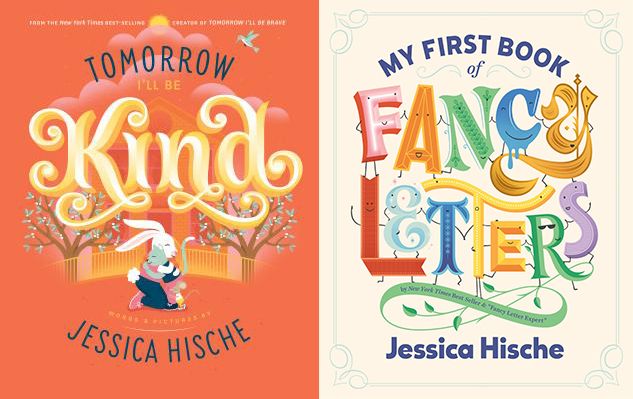

)






